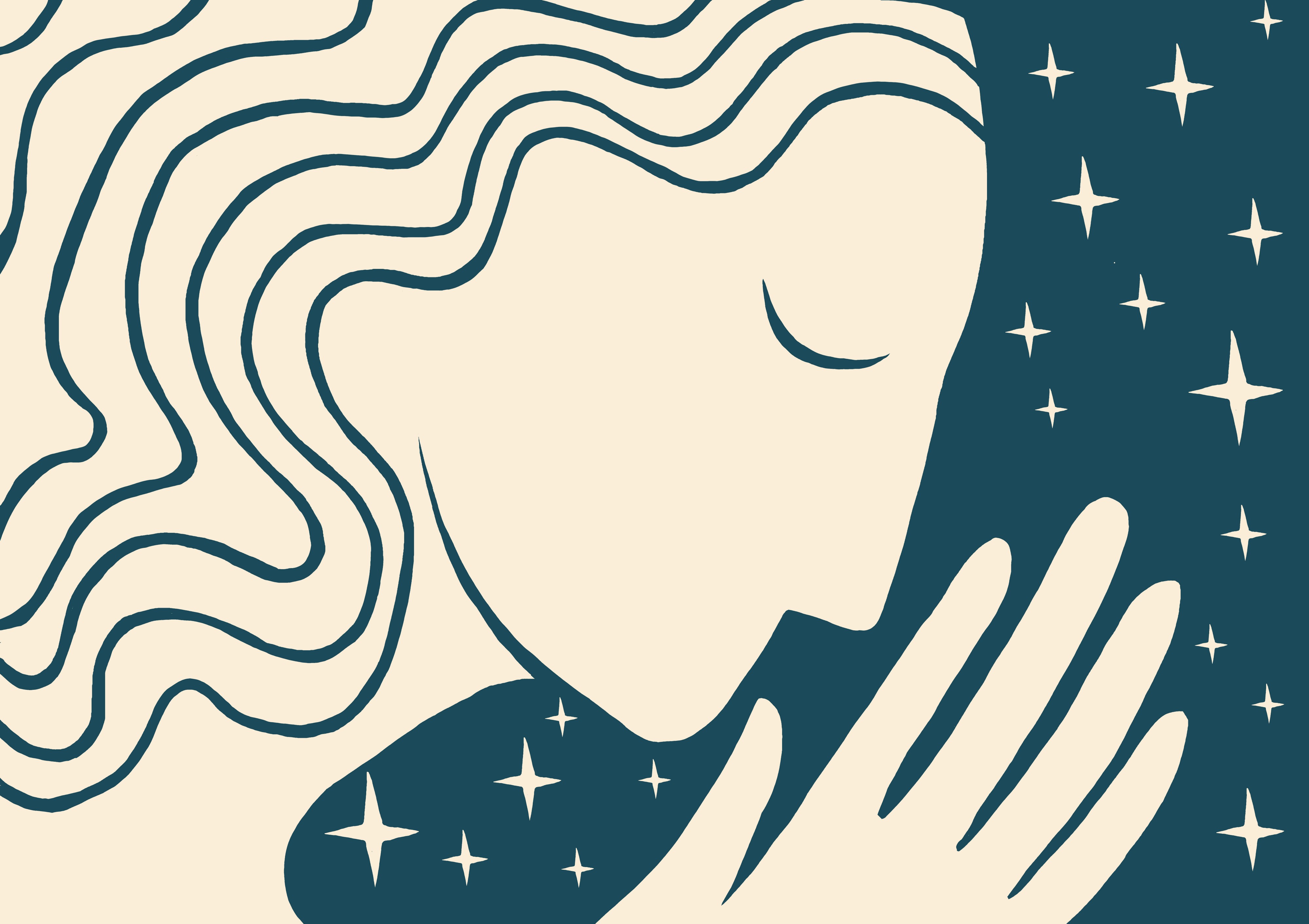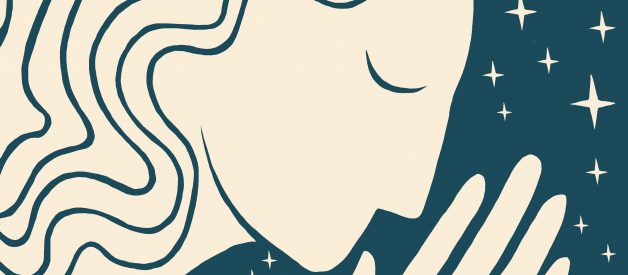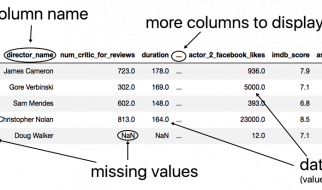 Illustration: George Greaves
Illustration: George Greaves
The Elemental Guide to Napping
10 science-backed tips for more productive shut-eye
![]()
Maya Kroth
Aug 19, 20196 min read
The Elemental Guide to Napping is a three-part special report. Read about the science of napping and why napping should be more egalitarian.
 My life to this point is marked off in two epochs: Before Nap and After Nap. From birth until about age 30, I had no patience for napping; naps left me groggy, hungry, cold, and disoriented, or feeling as if I was missing out on something much more interesting in the world. And that?s if I could fall asleep at all, which was almost never.
My life to this point is marked off in two epochs: Before Nap and After Nap. From birth until about age 30, I had no patience for napping; naps left me groggy, hungry, cold, and disoriented, or feeling as if I was missing out on something much more interesting in the world. And that?s if I could fall asleep at all, which was almost never.
Seven years ago, that all changed when I moved to Spain on a Fulbright fellowship to research a book on the history of the siesta (yeah, I didn?t know the government gave out money for that either). I would spend my mornings working in the archives and go home around 2 p.m. to cook whatever lunch I could afford on my stipend, then crawl into bed for the next phase of my ?research.? For the first few days, I just laid there, eyes wide open and thoughts racing. Day after day, I worked at it, until I finally achieved that first perfect nap.
After the perfect nap, I?m not entirely sure I?ve been asleep at all. I drift off without noticing and wake up fresh, ready to start the second part of my day. Over the years I?ve honed it to a fine art and become attuned to my body?s natural rhythms. Anticipating when the tired feeling will hit, I try to be someplace where taking a break is possible ? if not at home, then maybe in my car or at a park. I took my nap habit with me when I left Spain, and it?s been my secret weapon against burnout and exhaustion ever since. Here are a few of the best napping tips I?ve learned along the way.
Timing is everything
The desire to sleep corresponds to changes in body and brain temperature that run on a roughly 24-hour schedule, called a circadian rhythm. Everybody, no matter if they live in a warm or cold climate or if they?ve eaten a big meal, experiences these subtle changes at bedtime and, to a lesser extent, in the afternoon ? usually around six to eight hours after waking. For most people, ?prime napping time falls between 1 and 3 p.m.,? writes Sara Mednick, a leading voice in nap research and author of Take a Nap, Change Your Life! Plan your nap for the time when your body is naturally sleepier and you?re more likely to fall asleep.
Know your sleep stages
Different phases of sleep confer different benefits on the brain and body, so you can actually hack your nap by adjusting when you nap and for how long. According to Mednick, the first 20 minutes of your nap are spent in Stage 2 sleep, which provides energy and alertness. Stay asleep longer and you?ll enter slow-wave sleep (SWS), which is when the brain begins to process memories and information, and then rapid eye movement (REM), the creativity-boosting dream phase. If you fall asleep during your prime napping zone and stay asleep for 90 minutes ? what Mednick calls ?the perfect nap? ? you?ll get one full sleep cycle, complete with an optimally balanced dose of all three phases.
Not all naps are created equal, though. ?As a rule of thumb, you can count on naps earlier in the day to be richer in REM, while late-afternoon naps tend to be higher in SWS,? Mednick writes. If you?re interested in dreams or are working on a creative project, you might prefer a REM-soaked late-morning nap for the creativity boost it can bring; if you?re physically exhausted all the time, opt for a long afternoon nap rich in rejuvenating slow-wave sleep.
If you wake up groggy, you may be sleeping too long
That disoriented feeling I used to suffer from is known as sleep inertia, and it happens when you wake up during slow-wave sleep, the phase that comes after the energy-boosting Stage 2 sleep. If this happens to you, try waking up a few minutes earlier and see if you feel more refreshed.
The perfect nap lasts around 20 minutes (unless it doesn?t)
Though Mednick calls the 90-minute nap ?a clear blue-ribbon winner,? the National Sleep Foundation recommends a snooze lasting 20 to 30 minutes. That?s long enough to grab a dose of that energizing Stage 2 sleep, without the risk of being plunged into the slow-wave sleep that can make you groggy. There seems to be a general consensus that a nap of precisely 26 minutes is best: That?s based on a famous 1994 NASA study that found that long-haul pilots who napped for 25.8 minutes were 50% more alert than their nonnapping counterparts and performed 34% better on certain tasks. I usually set my alarm for around 30 minutes, to give myself a few extra minutes to drift off.
Don?t nap too late in the day
Improperly timed naps can interfere with your nighttime sleep, experts say. Don?t sleep too long or too late in the day, especially if you have trouble falling asleep at night.
Try a caffeine nap
In my pre-nap days, I would fight off the afternoon slump with a Starbucks instead of a nap. But you can have it both ways. Since caffeine takes about 20 minutes to kick in ? almost exactly the recommended nap length ? down your latte just before lying down. The caffeine will act as a natural alarm, waking you up refreshed and ready to focus on the next activity. A 2003 Japanese study found that caffeine naps were more effective at combating daytime sleepiness than noncaffeine naps.
Clear your mind
For many of us, the main barrier to falling asleep at nap time is an overactive mind. Especially if you?re not in the habit, ?Nap Bishop? Tricia Hersey recommends journaling before you lie down, to process whatever is nagging you. Or try a guided meditation like yoga nidra, also known as yogic sleep, to relieve stress and give your brain a break.
Carry a nap kit
During my pre-nap days, I could find a million excuses for not taking a siesta: The room was too bright or the traffic outside was too loud. Then some co-workers gave me an airplane nap kit, complete with sleep mask, neck pillow, and earplugs, enabling me to create the right conditions for sleep almost anywhere. Now I don?t go anywhere without it.
Practice makes perfect
You can train yourself to become better at napping. Regular nappers like Hersey report that it gets easier and more fun the more you do it ? like riding a bike, but horizontal. Once your brain and body get in the habit, you?ll learn to drift off quickly and even wake up at the perfect time without an alarm. ?Take your time and don?t guilt or pressure yourself? if you can?t fall asleep right away, Hersey says. ?Just slowing down alone is a big pushback against grind culture and burnout culture.? Even if you can?t fall asleep, just lying down can have a positive effect: Science has found ?nonsleep dozing? to be effective at reducing sleepiness among drowsy drivers.
Invest in stuff you love
For Hersey and for me, working the nap beat unleashed an obsession for all things sleep-related. I?ve spent hours researching linen duvets, memory-foam pillows, and silk pajamas that I hope one day to be able to afford, and Hersey rejoiced when she found the perfect fleece blankets for her Nap Ministry. Whatever gets you excited about crawling into bed will make nap time that much more appealing. ?But even if you don?t have that stuff, wherever you are, you can embody rest,? Hersey says. ?If you?re sitting on a couch, on a park bench, on an airplane, it?s about your mentality around it and getting into a routine. Wherever your body is, it?s the site of liberation.?
The Elemental Guide to Napping is a three-part special report. Read about the science of napping and why napping should be more egalitarian.


